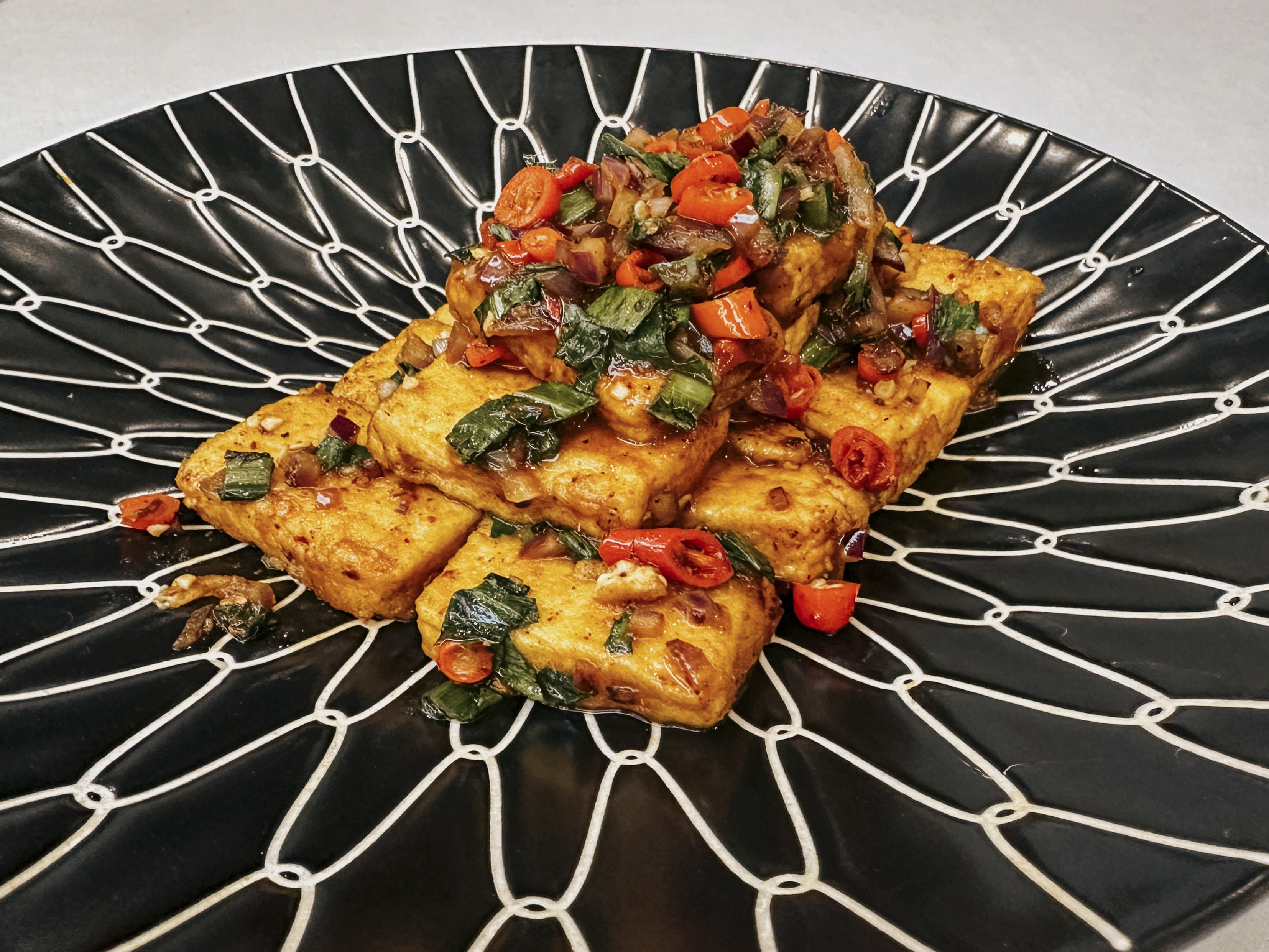One hesitant step after another, my feet guided me down a set of stairs to the portal of an alternate universe. Velvety jazz began to envelop me.
✦
I entered Jam Jam, a jazz café located in Kobe, Japan. A projection of a clock ticked behind a drum set, but time seemed to warp with each dramatic piano trill. I toyed with my coffee straw, phone on Do Not Disturb.
In this age of information overload, we often resort to extreme measures to cut ourselves off. There’s always that one friend on a social media detox, off the grid in the jungle.
But how do we craft a reprieve without severing the digital umbilical cord? Perhaps what we’re lacking is a midday getaway, a pause without disconnection. This is the quiet genius of Japanese jazz cafes, or jazz kissatens.
Called kissa for short, these spaces offer customers a listening experience that feels personal and cocoon-like; a harmonic shield from the cacophonous outside world.
The birthplace of jazz kissa
There's no better place to sink into jazz kissa culture than Kobe, a cosmopolitan city a stone’s throw from Osaka. The history of the city lends itself naturally to being the kind of escape we crave.
Kobe, as a port town, has always rubbed shoulders with the international community. But it wasn’t until 1923, when Japan’s first professional jazz band performed in a Kobe hotel, that the city became the birthplace of Japanese jazz. As interest in Western music styles burgeoned, so did the demand for spaces to enjoy it.
But flying in great American jazz masters for live sessions was unrealistic. Instead, café owners started to import vinyl, CDs, and the best recordings they could procure. This zest, borne out of practicality, gave way to an intimate listening culture unique to Japan’s jazz kissas.
Lead photo: Takagi Toru. Above photos: Kathryn Yang
Changing times
One such kissa is Mokuba’s Tavern, opened in 1977 and still run by owner Takeshi Konishi. Nowadays, it’s a cafe where soft chatter mixes with a mellow jazz soundtrack. But in the past, it used to be a musical sanctuary of sorts.
“We used to say, ‘please be quiet. This is a place to listen to music,“ says Takeshi. “That was the culture of jazz kissas back then, a culture of silence.”
After the Great Hanshin Earthquake of 1995, he made one significant change: allowing conversation.
“Times have changed. If we keep doing things like that, people today won’t be able to relax,” says Takeshi. “Every era has its own sensibilities, so you have to take all of it into account.”
Even at nearly 80 years of age, the veteran is still evolving. He embraces how people enjoy music – and the purpose of his space has fundamentally shifted.
“Back then, it was still a good time. But nowadays, you can’t say, ‘this is how you should listen’,” he says. “We used to create such an environment, and it really fit, but now it's out of our control.”
Photos: Takagi Toru
Staying true to the music
Not everyone is embracing change. Unlike Mokuba Tavern’s bright atmosphere and communal energy, Jam Jam is a subterranean enclave. To the right, there’s a movie theater-style listening section; to the left, a few conversation tables. Here, the music takes centrestage.
“I don’t want people just to think, ‘Oh yeah, that’s nice.’ I want them to have those goosebump moments,” says Yoshi Ikenoue, owner of Jam Jam and Takeshi’s longtime buddy.
“When I play records that I’ve heard countless times before, I still make unexpected discoveries. Oh, did the trumpet mess up here? Oh, you can hear them sucking in their breath here?
"The moment you hear this, your joy and way of engaging with the music changes all over again. But to get there, you need to just sit quietly and listen for a good hour or so.”
For Ikenoue, shutting out today’s noise isn’t about adapting, it’s about sticking to a core.
“Ultimately, I want to stay true to the kind of place I’d want to come to myself,” he says. “That very first feeling I had when I started – I want to keep that intact.”
At Jam Jam, the standard isn’t the times, it’s Ikenoue. It’s his commitment to curating an atmosphere that he personally enjoys and which keeps customers coming back.
Despite their differing approaches, Takeshi and Ikenoue agree on a fundamental: the jazz kissa isn’t just a place to share music, it’s a place for people to simply be.
“We’re constantly chasing information, but maybe places like this are where we can return to ourselves,” said Takeshi. “This is why we have to create a good environment for that.”
Special thanks to Nicholas Tuch and Rina Shimizubata for translations.



















